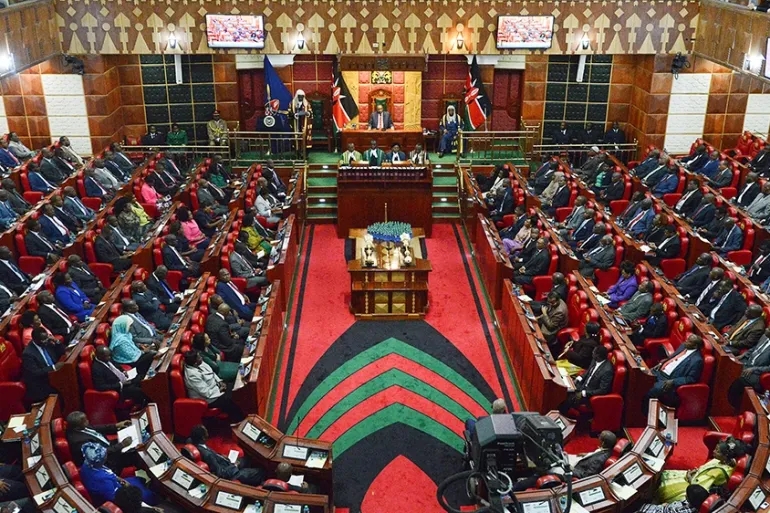Many readers may not know how frequently writers are accused of being critics who have no insights as to how to solve the problems they highlight. Such was my experience after my article last week on Mombasa county’s lacklustre approach to managing street vending.
So let me try and make a few suggestions this week:
One of the first considerations is a designated special vending zone. This zone ought to have high foot traffic, with the vendors having a wide array of products – from foodstuff to clothing to electronics and personal hygiene, among others. It is essential that the zone also be well organised with demarcated vendor stalls, pedestrian walkways, service nodes for sanitation, safety and security, and advertised operating hours.
A second consideration is administrative and involves the issuance of permits and formalising vending. This brings both order to the city and dignity to the vendor, while giving the county much-needed revenue. However for the permits to be affordable by the street vendors, then the first consideration must be well planned and executed, with the infrastructure being appropriate and allocation of stalls being corruption free.
To be able to undertake the first two considerations, the county may need to solicit for partners who either contribute land, or infrastructural development or profitable management of the facility.
Whereas the county may have land, its location may not be advantageous, just as it may have personnel, but their work ethics may not lead to a successful rollout beyond that of policy and enforcing compliance.
By adherence to the three aspects of designated zones, formalisation of vending and public-private participation as well as other site uniqueness, the successful projects of Greenmarket Square in Cape Town, South Africa, and Plaza de la Concordia Market in Bogotá, Colombia, were undertaken. They have approximately 300 and 500 outlets respectively.
The number and locations of car sales yards within the Island is a clear indication that land is available at strategic locations for development of vendor zones without prohibitive costs.
Mombasa, like all other counties, complains of delayed remittance from the Treasury and insufficient own-source revenue. Much like all other counties, the two powerful tools at the disposal of Mombasa to assist it solve the street vending challenges is the properties it owns on which often the land value far outstrips the development on it, and the legal mandate to enact and enforce bylaws.
What then has the county done with these primary tools in solving street vending problems?
There was a Request for Proposal in July last year for development of the county’s property on which the three market sites of Mwembe Tayari, Makupa and Sega markets, totalling 4.7 acres, aimed at having at least 2,500 stalls therein.
Unfortunately there has been little if any mention of this tender 14 months down the road.
The inherent power to enact laws brought into being the Mombasa Investment Corporation in 2019. This is a corporate entity fully owned by the county with the primary function of soliciting and facilitating investment within the county while operating at a profit.
The corporation in August last year tendered a Request for Proposal for a Marshalling Yard Design, Construction and Operation on a parcel of land about 200 acres strategically situated near both the port and a regional transport route.
Unfortunately this too has not borne any visible fruit.
The county’s seeming inability to overcome this street vending challenge may stem from inadequate political will, which is a factor of institutional constraints, public pressure and personal commitment.
The first may be overcome by engaging competent professional bodies with a sense of public duty which the governor attempted for an ineffectively short time.
Secondly, the hiatus in public disgruntlement and pressure the county government is enjoying is due to misdirection of all the citizens' ire to the national government even on issues devolved, which are the county’s responsibility.
Lastly, the absence of authoritative decisive leadership that has been overshadowed by image–consciousness and fame-hunting has resulted in tokenism in development.
The solutions may be clear but the hands to deliver are absent.














